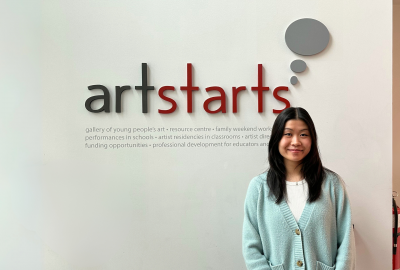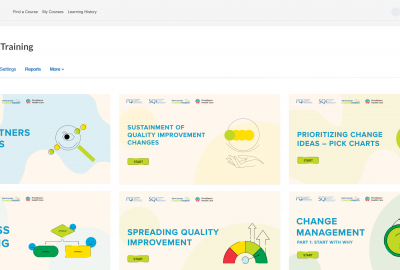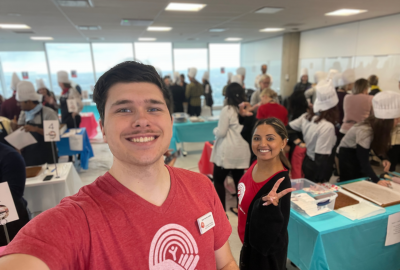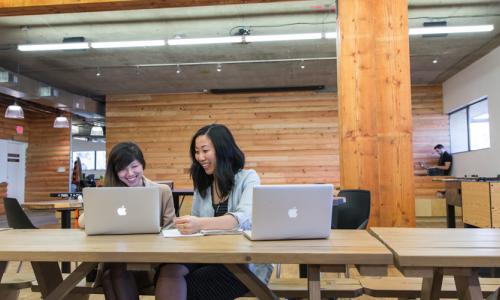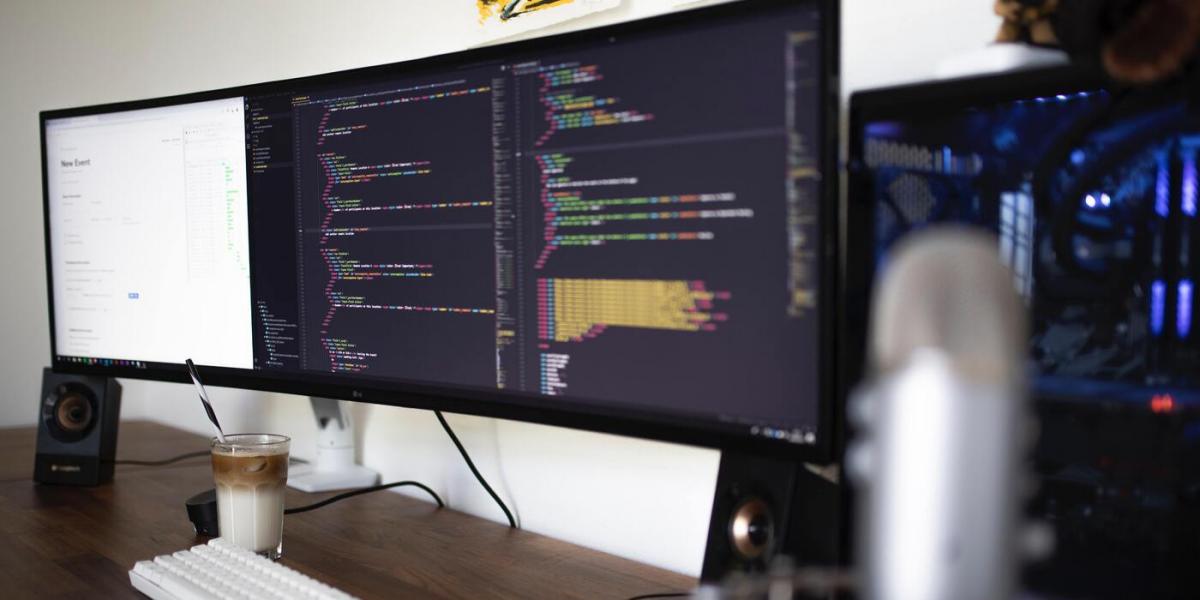
The workplace is constantly changing. Whether it’s through internal or external factors, tasks, goals, and the work environment will vary. Since March, I have been working from home for the most part. Throughout the last nine months, I’ve gained some insight into what is needed to be productive at home, as well as how to keep the friendly environment that is so vital to the people I work with.
The first thing I did was take everything I needed. Any documents, electronic files, pictures, even my favourite coffee mug. Whatever I used at the office I made sure to have it at home. A computer and VPN was provided for me to access confidential information. The goal here is to minimize the number of trips I needed to make back to the office if any is necessary at all. This way I not only ensure my safety, but also the safety of the people who are not able to work from home, and the safety of my family.
Throughout these nine months, I’ve had to go back into the office as well as into the field. During these times masks were worn, and touch points and equipment were sanitized. We were told to avoid public crowds during and out of work. The office capacity was also reduced to 8 people. These were both personal and company decisions. This essentially follows the hierarchy of controls. If a hazard cannot be eliminated, replaced, or controlled, then the workers must have the proper protective equipment. This is the standard for all work sites, and for COVID it is no different.
I made sure I was able to contact everyone I worked with. Whether through email, online chats or just having their phone numbers, it is vital to be able to talk to the team. The software was provided for me on my work computer for a formal means of communication. All meetings I had I either cancelled or changed to an online platform such as Skype. This was of course all discussed with the people I meet with through emails. It is important to make sure others in the meeting are all right with the proposed way of communication.
Informal communication should also be set up. Most likely this already exists in the workplace. My team and I use Discord and WhatsApp for casual talks, informal meetings, and just staying in touch. In the office, everyone has their bonds with coworkers. Meaning that rather than filling in a form, submitting it and wait for the formal process to take place, people will simply talk to each other. These informal interactions serve a vast assortment of functions and are used to accomplish complex tasks. Often the atmosphere of the work environment is determined by these interactions [1]. It is vital that these interactions continue, even when working from home.
The most important thing is to keep my spirits high. This ties in directly with informal communication. Being stuck at home is already bad enough. Being stuck at home and have to work is even worse. I made sure to keep in contact with my co-workers, even outside of work hours. This came naturally for me as I am friends with many members of the team. By sending each other memes, talking about random things, and playing video games together, our relationship improves on a personal and professional level. It also keeps us entertained.
That being said, these should not be distractions. I also made sure to eliminate distractions during work hours. I set goals for each day and make check them off as I go. While it is important to feel happy, it is also important to stay focused.
I am fortunate to be able to keep my job. I am also privileged that I already have my own computer setup, and have enough electronics to be able to go from the office to my room fairly quickly. A lot of work was also done on the employer side. I was provided with a work computer and procedures were quickly changed to ensure the safety of all employees.
Overall, I made sure that I had what needed, then I addressed the things I wanted. It is probable that another event will take place in the future and people will be a force to work remotely. Many people already do so on a normal basis. Change is inevitable. How we react to these changes will determine the outcome of the situation.
[1] M. J. Fay, "Informal communication of co-workers: a thematic analysis of messages," Qualitative Research in Organizations and Management, vol. 6, no. 3, pp. 212-229, 2011.
Beyond the Blog
- Read how Ryan, fellow MSE student, Landed a Co-op at Tesla.
- Read about Seraphina's experience working for the Canadian Coast Guard.

